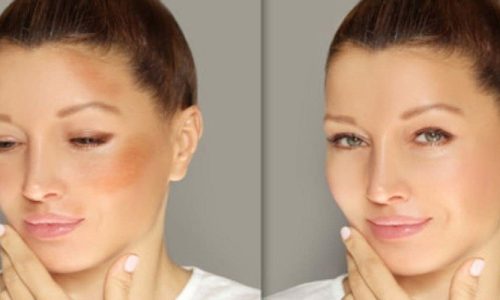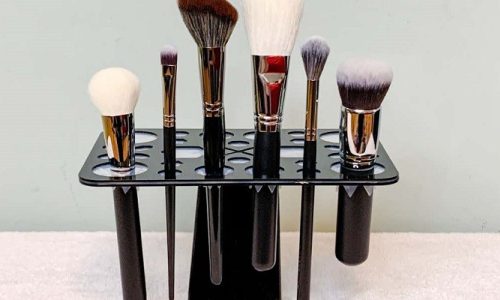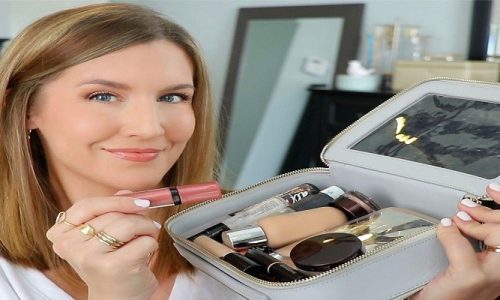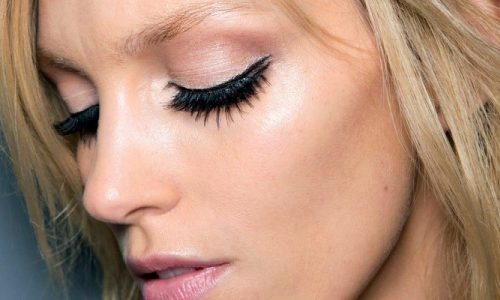Last Updated on June 18, 2025 by Jaclyn A. Neeley
Botox injections are a popular cosmetic treatment for reducing wrinkles and fine lines. However, many patients have questions about the dos and don’ts surrounding their appointments, particularly regarding makeup. This article will provide a comprehensive guide on whether you can wear makeup to your Botox appointment, the reasons behind the recommendations, and best practices for makeup application post-treatment.
Botox
Before diving into the specifics of makeup and Botox, it’s essential to understand what Botox is and how it works. Botox is a purified form of botulinum toxin type A, which temporarily paralyzes muscles to smooth out wrinkles and fine lines. Common areas treated with Botox include:
- Crow’s feet
- Forehead lines
- Brow lines
- Smile lines
- Frown lines
- Glabellar lines (11 lines between the brows)
Can I Wear Makeup to My Botox Appointment?
General Recommendations
Most experts recommend arriving at your Botox appointment with a clean face, free of makeup. This is because the skin needs to be thoroughly cleansed before the injections to minimize the risk of infection and ensure the best results. Makeup, natural skin oils, and sweat can interfere with the procedure.
Why Clean Skin is Important
- Assessment Accuracy: Clean skin allows the practitioner to assess your skin’s natural state accurately, which helps in determining the appropriate amount of Botox needed for the desired effect.
- Infection Prevention: Makeup can harbor bacteria, which can enter the tiny puncture wounds created by the Botox injections, increasing the risk of infection.
- Procedure Efficiency: Removing makeup at the clinic can take additional time, potentially delaying your appointment and others scheduled after you.
What Happens During a Botox Appointment?
Pre-Treatment Preparation
Upon arrival, your practitioner will cleanse your skin to remove any makeup, dirt, oil, and other debris. This step is crucial for ensuring a safe and effective treatment. You may be asked to make a series of facial expressions to help the practitioner identify the best injection sites.
The Injection Process
The actual Botox injection process is quick and typically well-tolerated. Most patients do not require a topical anesthetic, although it can be provided if needed. The practitioner will use a fine needle to inject Botox into the targeted muscles. Some mild bruising, redness, swelling, or pinpoint bleeding may occur at the injection sites, but these side effects usually resolve quickly.
Can I Apply Makeup After Botox?
Immediate Post-Treatment Care
After receiving Botox injections, it is generally advised to avoid applying makeup for at least 4-6 hours. This waiting period allows the tiny puncture wounds to close and reduces the risk of infection. Ideally, waiting 24 hours before applying makeup is recommended to ensure the best results and minimize complications.
Why Waiting is Important
- Healing Time: The skin needs time to heal from the injection punctures. Applying makeup too soon can introduce bacteria into these tiny wounds, leading to infections.
- Botox Migration: Rubbing or pressing on the treated areas can cause the Botox to spread to unintended muscles, potentially leading to unwanted side effects like drooping eyelids.
- Optimal Results: Allowing the Botox to settle properly ensures that you achieve the best possible results from your treatment.
Best Practices for Makeup Application Post-Botox
Choosing the Right Products
When you do resume wearing makeup, opt for products that are gentle on the skin and non-comedogenic. These products are less likely to clog pores or cause breakouts, which is especially important as your skin may be more sensitive after the treatment.
- Light Coverage: Use light coverage foundations or tinted moisturizers to allow your skin to breathe.
- Avoid Heavy Powders: Heavy powders can settle into fine lines and wrinkles, so it is best to use minimal or no powder during the initial post-Botox period.
- Non-Comedogenic Products: Look for oil-free foundations, lightweight concealers, and hypoallergenic products to minimize any potential skin irritation.
Application Tips
- Moisturize: Hydrate your skin with a lightweight moisturizer to keep it nourished.
- Gentle Application: When applying makeup, avoid tugging or pulling on your skin. Use gentle tapping or dabbing motions instead.
- Clean Tools: Always use clean brushes or sponges to apply makeup to prevent bacterial transfer.
Additional Botox Aftercare Tips
Physical Activity
Avoid vigorous physical activity for at least 24 hours after your Botox treatment. Exercise increases blood flow, which can cause Botox to spread and become less effective in the areas of injection.
Heat Exposure
Stay away from hot environments like saunas, hot baths, and tanning beds for at least 24 hours. Heat can increase blood flow and promote bruising in the injection area.
Facial Massages
Avoid facial massages and other beauty treatments for at least 24 hours after Botox. Massaging the face can cause Botox to migrate to unintended areas, affecting the results.
Alcohol and Painkillers
Refrain from consuming alcohol and taking painkillers for 24 hours after your treatment. Both can thin the blood and increase the risk of bruising.
Conclusion
While it is generally safe to wear makeup after Botox, it is crucial to follow specific guidelines to ensure the best results and minimize the risk of complications. Arrive at your appointment with a clean face, avoid applying makeup for at least 4-6 hours post-treatment, and follow best practices for makeup application once you resume your routine. By adhering to these recommendations, you can enjoy the benefits of Botox while maintaining healthy, beautiful skin.
FAQs
Can you wear makeup to a Botox appointment?
It is generally advised not to wear makeup to a Botox appointment. The skin needs to be clean for the procedure, and any makeup will be removed before the injections. Makeup can mix with natural skin oils and sweat, making it difficult for the practitioner to assess your skin properly and determine the appropriate amount of Botox needed for the desired effect.
What not to do before a Botox appointment?
Before a Botox appointment, avoid consuming alcohol and anti-inflammatory medications like aspirin and ibuprofen for at least a week, as they can increase the risk of bruising. Refrain from using skincare products containing retinol or other strong ingredients. Do not engage in strenuous exercise or facial treatments like facials or chemical peels. Ensure your face is clean and free of makeup before the appointment.
Does makeup affect Botox?
Wearing makeup immediately after Botox can affect the treatment’s effectiveness and increase the risk of infection. The process of applying makeup involves touching and potentially rubbing the skin, which can cause the Botox to spread to unintended areas. This can lead to complications such as drooping eyelids or other unintended side effects. It is best to wait before reapplying makeup to allow the injection sites to heal.
What are the risks of wearing makeup to a Botox appointment?
Wearing makeup to a Botox appointment can obscure the skin, making it difficult for the practitioner to accurately assess and treat the targeted areas. Additionally, makeup can harbor bacteria, which increases the risk of infection when the skin is punctured by the Botox needle. It is essential to have a clean, makeup-free face to minimize these risks and ensure the best possible results.
How long should I wait before reapplying makeup after Botox?
It is recommended to wait at least 4-6 hours before reapplying makeup after Botox injections, though waiting 24 hours is ideal. This allows the tiny puncture sites to heal and reduces the risk of infection and unintended spread of the Botox. If you must apply makeup sooner, ensure you use clean brushes and apply the products gently to avoid disturbing the treated areas.







